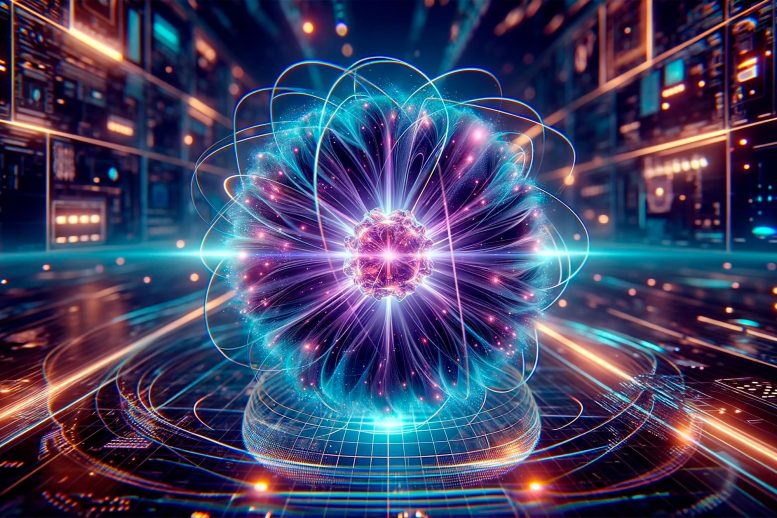
Researchers have made notable advancements in vector meson spin physics, specifically concerning ϕ mesons in gold nuclei collisions. Their work, which has challenged existing models and provided new insights into the behavior of exotic quarks during hadronization, is a crucial development in high-energy nuclear spin physics.
A team of researchers headed by Prof. Wang Qun at the University of Science and Technology of China, under the Chinese Academy of Sciences, has achieved a breakthrough in the theoretical understanding of vector meson spin physics, focusing on the unique properties of ϕ mesons produced during collisions between gold nuclei.
Their findings published in the journal Physical Review Letters represent a significant milestone that challenges conventional theoretical models.
Understanding Vector Fields in Quark Interactions
Vector fields are an effective representation of strong interactions between exotic quarks. In the hadronization phase of relativistic heavy-ion collisions, where chiral symmetry is spontaneously broken, the strongly interacting matter can be described by quarks and by the SU(3) pseudo-Goldstone boson field surrounding the quarks.
The vector field is determined by the gradient degree of the Goldstone boson field, where the vector field coupled to strange quarks and antistrange quarks is called the ϕ-vector field.
Research Progress in 2019 and Recent Developments
Back in 2019, the research group led by Wang suggested that the influence of the ambient vector field felt by the strange quarks and anti-strange quarks leads to a significant deviation of the spin alignment of the ϕ meson by 1/3.
In the latest work, researchers derived the relativistic spin Boltzmann equation for vector mesons from the Kadanoff-Baym equation, thus establishing a link between the spin alignment of ϕ mesons and the spin polarization of their component exotic quarks, and anti-exotic quarks, during hadronization.
Advanced Modeling Techniques and Findings
In this research work, they selected the transverse rise and longitudinal fall of the vector field as two parameters of the model, taking into account the asymmetry of the quark gluon plasma in the transverse direction (perpendicular to the direction of the beam) and the longitudinal direction (along the direction of the beam).
The values of the two parameters for different collision energies are determined by the spin alignment in the normal direction of the reaction surface as well as in the direction of the collision parameters, which can well explain the dependence of the spin alignment on the transverse momentum of the ϕ meson.
This study will further promote the development of high-energy nuclear spin physics and become a new frontier direction in heavy-ion collision physics.
Reference: “Spin Alignment of Vector Mesons in Heavy-Ion Collisions” by Xin-Li Sheng, Lucia Oliva, Zuo-Tang Liang, Qun Wang and Xin-Nian Wang, 25 July 2023, Physical Review Letters.
DOI: 10.1103/PhysRevLett.131.042304

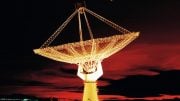
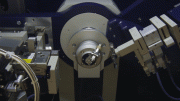
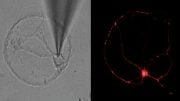

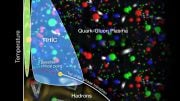
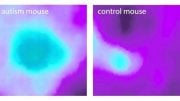


I can see that the rate of spin will show a avenue for manipulating the electron and center quantum mechanisms formation of new elements. Balance to acceptance level